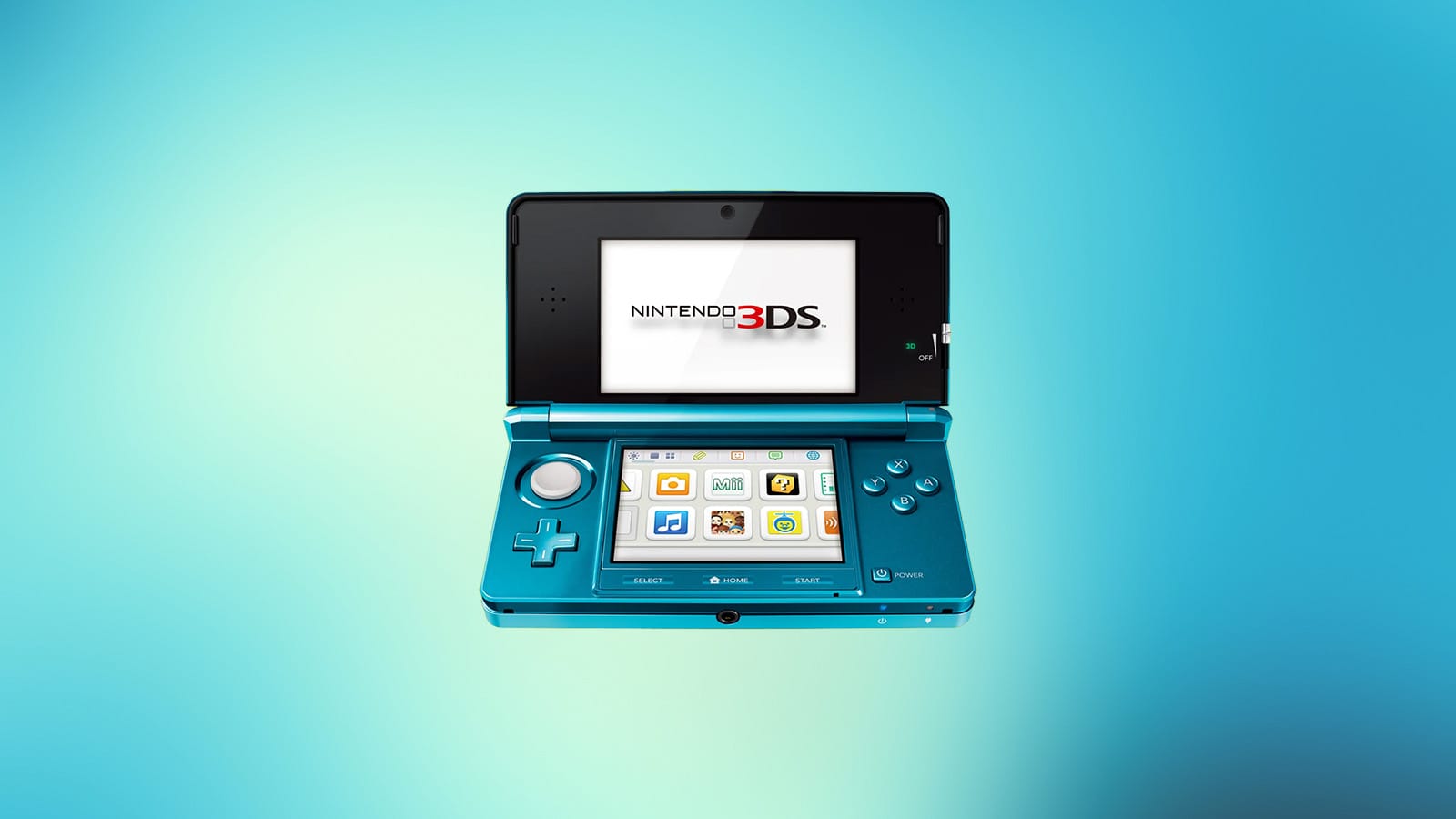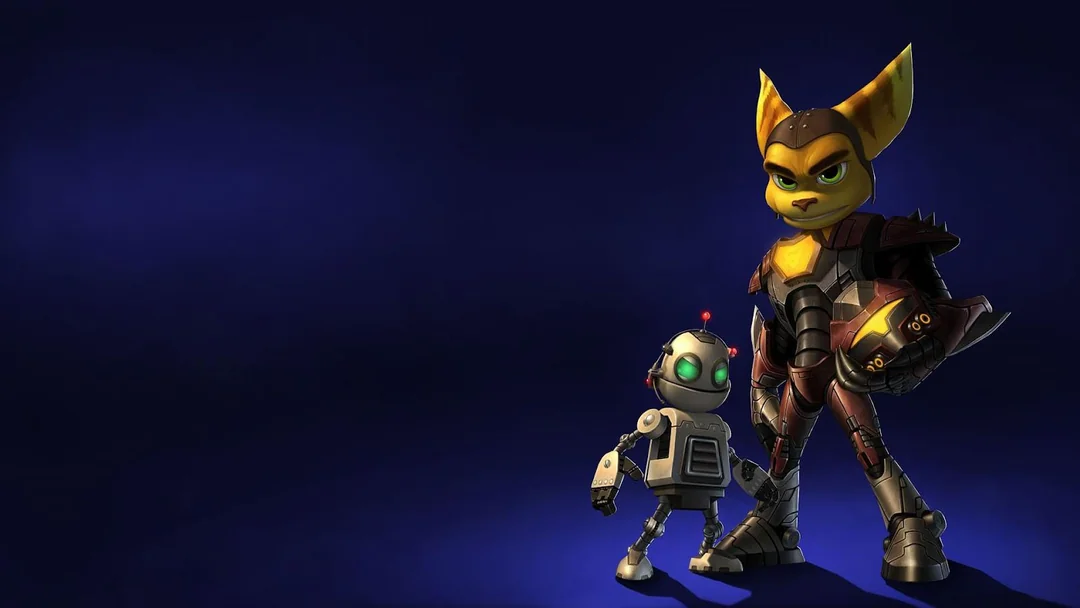There’s a whole universe of PlayStation platformers that never made it past Japan’s borders—games brimming with personality, bursting with bizarre charm, and absolutely drenched in that delicious late-’90s weirdness. While the rest of the world was busy with Crash Bandicoot and Spyro, Japan was quietly hoarding an underground scene of 2D and 2.5D platforming gold. We’re talking about mecha-transforming heroines, chocolate-mascot mayhem, pastel-colored dreamscapes, and sword-swinging showdowns that would’ve melted faces had they hit Western shelves.
These aren’t your average shovelware throwaways or forgotten licensed flops. These are polished, inventive, and criminally overlooked. Some feel like long-lost SNES sequels with more horsepower. Others dive headfirst into unhinged concepts that would never fly outside of Akihabara. But all of them? They’re deeply playable and well worth your time—if you know where to look.
This is your passport to the underground. Your guide to 15 absolute bangers that revolutionized the platforming genre—only, you never got the memo. Until now.
The Adventure of Little Ralph
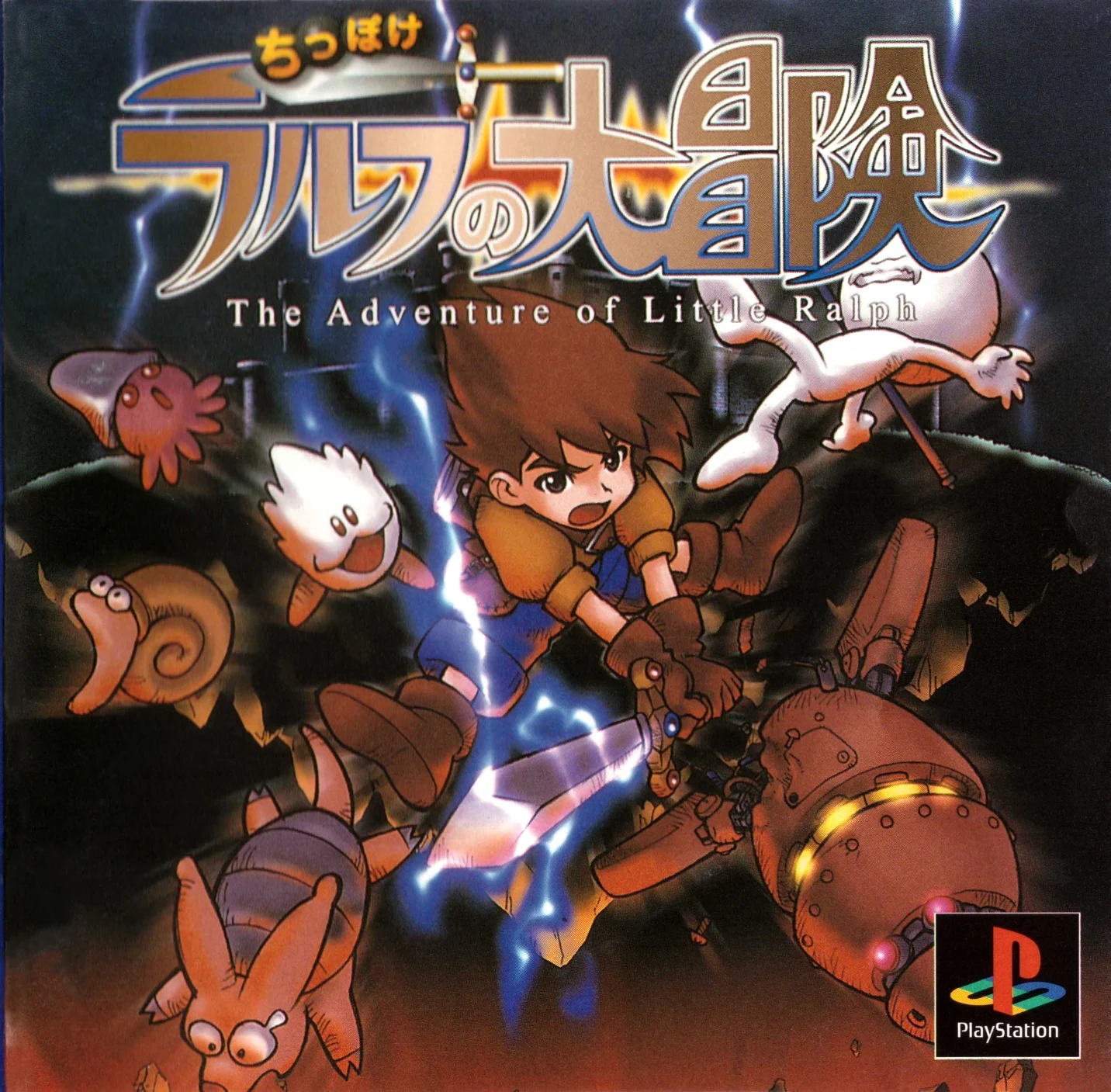
- Developer: New Corporation
- Release Year: 1999
If The Adventure of Little Ralph had launched just five years earlier on the Super Famicom, it would be etched into the retro gaming pantheon. Instead, it quietly dropped in 1999—just as the PlayStation was pivoting hard into 3D, full-motion video, and cinematic epics. But Ralph didn’t need polygons. This was pure, pixel-perfect platforming with a heart full of fire.
Why It's Worth Playing: Because it’s lightning in a bottle. The kind of game that didn’t just survive the 2D extinction—it thrived in its shadow. The Adventure of Little Ralph offers a precision-engineered challenge that will light up every synapse in your retro brain. The music slaps. The sprite work sings. The swordplay is surgical.
Dr. Slump
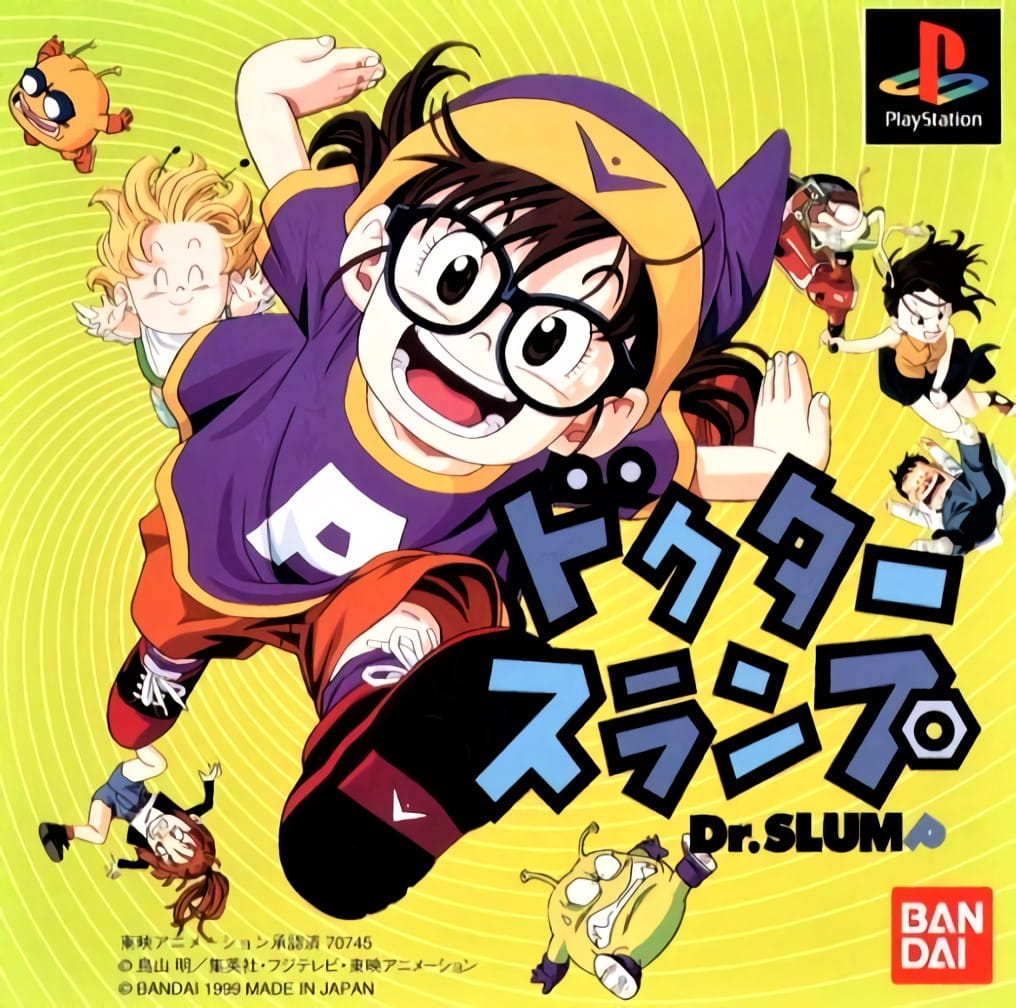
- Developer: Bandai
- Release Year: 1999
Before Dragon Ball took over the world, Akira Toriyama’s other big creation was Dr. Slump, a charming, comedic manga about a robot girl named Arale. This PS1 game is a pitch-perfect adaptation. It’s a 3D platformer that looks and feels exactly like a playable cartoon. The low-poly aesthetic perfectly captures the manga’s whimsical art style, and the game is bursting with slapstick humor and inventive level design. It’s a short but incredibly sweet experience.
Why It's Worth Playing: Dr. Slump is a breath of fresh air. It’s simple, lighthearted, and just plain fun. The characters are as endearing as they are in the manga, and the levels are filled with creative little puzzles and collectibles. If you're looking for a game that’s wholesome, charming, and genuinely funny, you have to track this one down. It's a delightful throwback to a simpler time in gaming.
Goemon: Shin Sedai Shuumei!
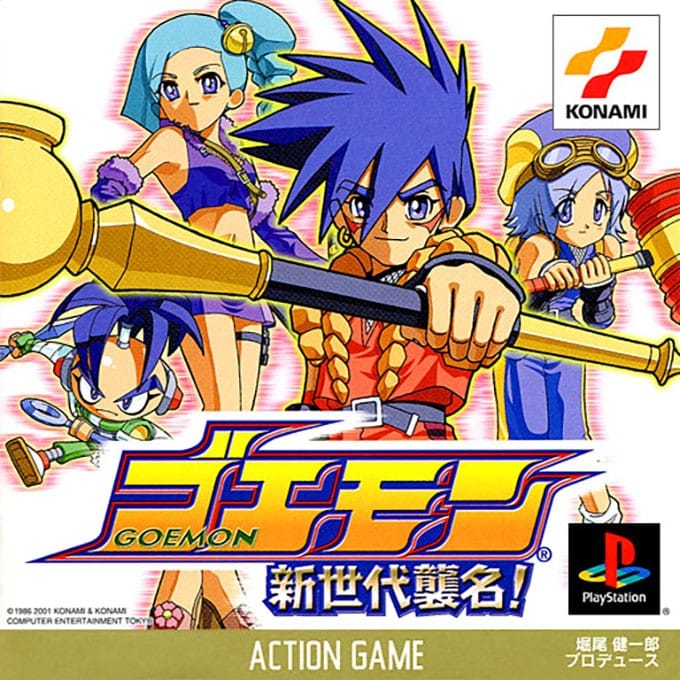
- Developer: Now Production
- Release Year: 2001
When Konami decided to drag Goemon into the new millennium, they didn’t play it safe—they went full reboot. Gone were the feudal villages and kabuki absurdity. In their place: cybernetic cities, neon grids, and techno-anime swagger. Goemon: Shin Sedai Shuumei! reimagines the beloved series as a stylish, sci-fi sidescroller with attitude.
Why It's Worth Playing: It’s bold. It’s weird. It’s unapologetically Y2K in all the best ways. And for Goemon fans? It’s a fascinating “what if” from an alternate timeline—one where Konami bet big on reboots, and somehow nailed it.
The Great Battle VI
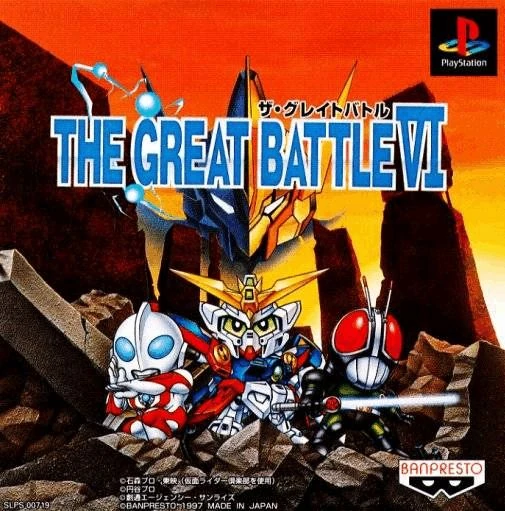
- Developer: Banpresto
- Release Year: 1997
Ultraman. Gundam. Kamen Rider. Individually, they’re icons. Together? They’re an unstoppable force of pint-sized chaos in The Great Battle VI—a crossover beat-’em-up so gloriously over-the-top it feels like a Saturday morning fever dream.
Why It's Worth Playing: The levels are pure eye candy—bright, kinetic, and brimming with Easter eggs for hardcore fans. You don’t have to be a superfan of the franchises to get hooked, either. The charm is universal. The energy is contagious. And the fun? Absolutely super-sized.
Chou-Kousaku Grandoll
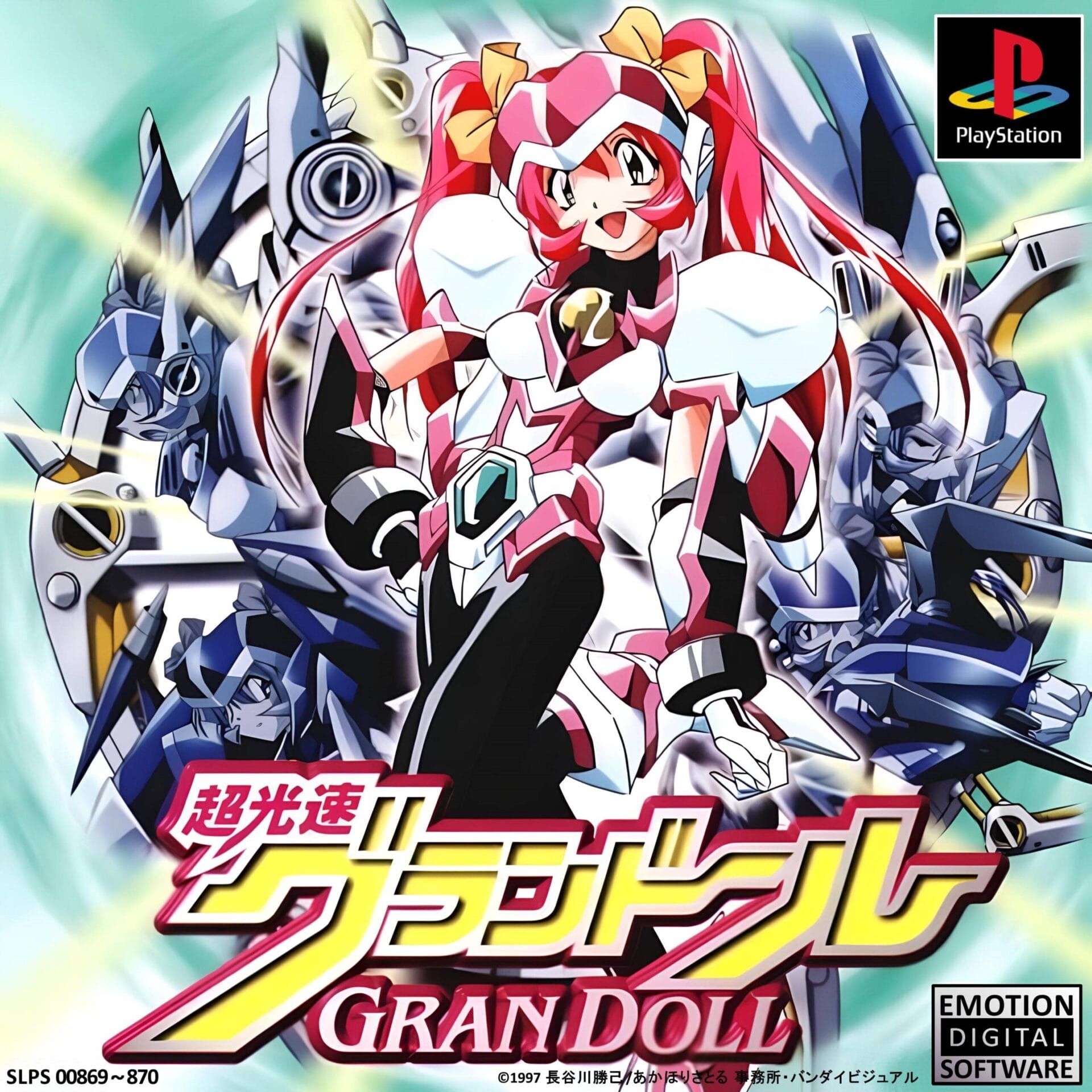
- Developer: KID Corporation
- Release Year: 1997
Few games wear their ‘90s anime influences as proudly—or as stylishly—as Chou-Kousaku Grandoll. Imagine a Saturday morning cartoon fused with a sentai serial, then sprinkled with a healthy dose of Mega Man X DNA. This is a game that lives and breathes transformation.
Why It's Worth Playing: What sets Grandoll apart is its tone—light-hearted yet earnest, packed with colorful character portraits and mid-mission dialogue that gives it that unmistakable tokusatsu charm. It’s like playing an unaired OVA, one frame at a time. Suit up, power on, and dive headfirst into one of the most underrated gems of Japan’s 32-bit era.
Fuun Gokuu Ninden
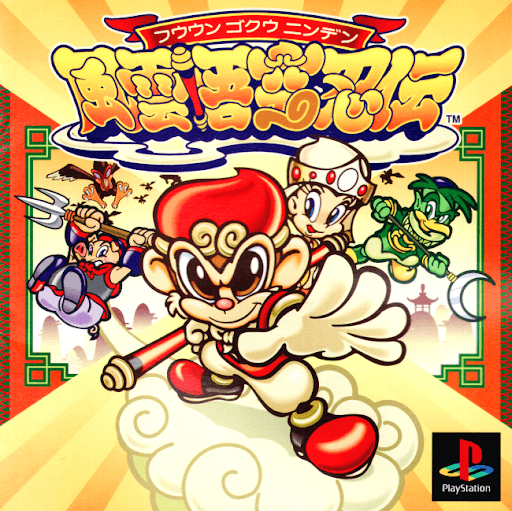
- Developer: Aicom
- Release Year: 1996
Fuun Gokuu Ninden feels like flipping through the pages of a hyperactive manga drawn in bold strokes and brighter colors. It’s Journey to the West reimagined for the joystick generation—a whirlwind mix of East Asian folklore, exaggerated anime flair, and punchy, pixel-rich platforming.
Why It's Worth Playing: There’s a rhythm to the gameplay that rewards flow—movement into attack, dodge into counter, leap into fury. It’s not just a platformer; it’s a playable wuxia scene, soaked in myth and tuned for fun. For fans of folklore, fighters, or just well-crafted 2D action, Fuun Gokuu Ninden punches well above its weight.
Kitchen Panic
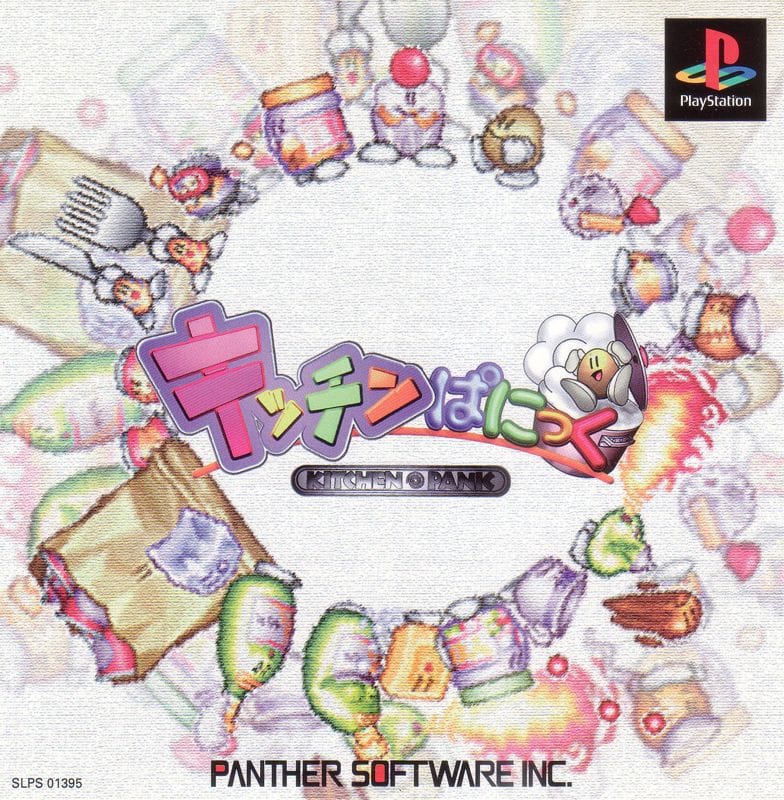
- Developer: Panther Software
- Release Year: 1998
In Kitchen Panic, the everyday becomes epic. You’re the size of a thumbtack, and suddenly the kitchen is a battleground. Rolling pins become battering rams. Pop-up toasters launch deadly projectiles. Frying pans sizzle with platform-scorching peril. Its domesticity dialed up to eleven—equal parts adorable and absurd.
Why It's Worth Playing: It’s bizarre. It’s challenging. And it’s bursting with charm. Kitchen Panic takes a simple idea—what if you were tiny in a big, dangerous world—and runs with it, creating one of the PS1’s most delightfully chaotic platformers.
Kyoro-Chan no Prikura Daisakusen
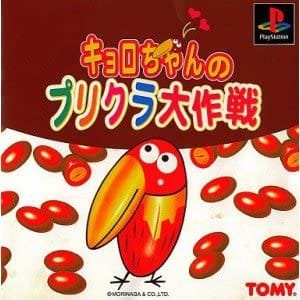
- Developer: TOMY
- Release Year: 1999
Kyoro-Chan no Prikura Daisakusen is pure, unfiltered joy—an explosion of color, chaos, and sugar-rush platforming that feels like playing through a candy commercial directed by a cartoon anarchist. Based on Morinaga’s long-running snack mascot, this one could’ve phoned it in. Instead, it delivers one of the most imaginative 2D romps on the PlayStation.
Why It's Worth Playing: It’s mischievous, upbeat, and brimming with personality. The soundtrack bubbles. The animations bounce. Every corner of the screen feels alive with kinetic energy. Like Parodius if it dropped the shooter tropes and went full Saturday-morning-platformer. Chocolate bird supremacy, confirmed.
Kaettekita Cyborg Kuro-Chan
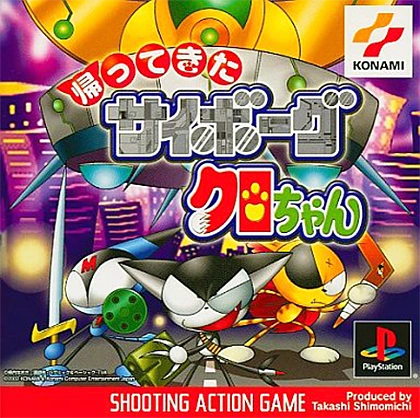
- Developer: Konami
- Release Year: 2002
What if your housecat got a cybernetic upgrade and a Uzi? Kaettekita Cyborg Kuro-Chan answers that question with a straight face—and then absolutely loses its mind. Adapted from the delightfully unhinged anime, this side-scrolling run-and-gun platformer throws you into the titanium-toed boots of Kuro, a foul-tempered kitty turned full-blown cyborg.
Why It's Worth Playing: It's fast, loud, and totally unbothered by logic. The shooting is crunchy. The movement’s snappy. And the humor? Off the rails. This is Saturday morning energy with Saturday night weapons. And honestly? It rules.
Hermie Hopperhead: Scrap Panic
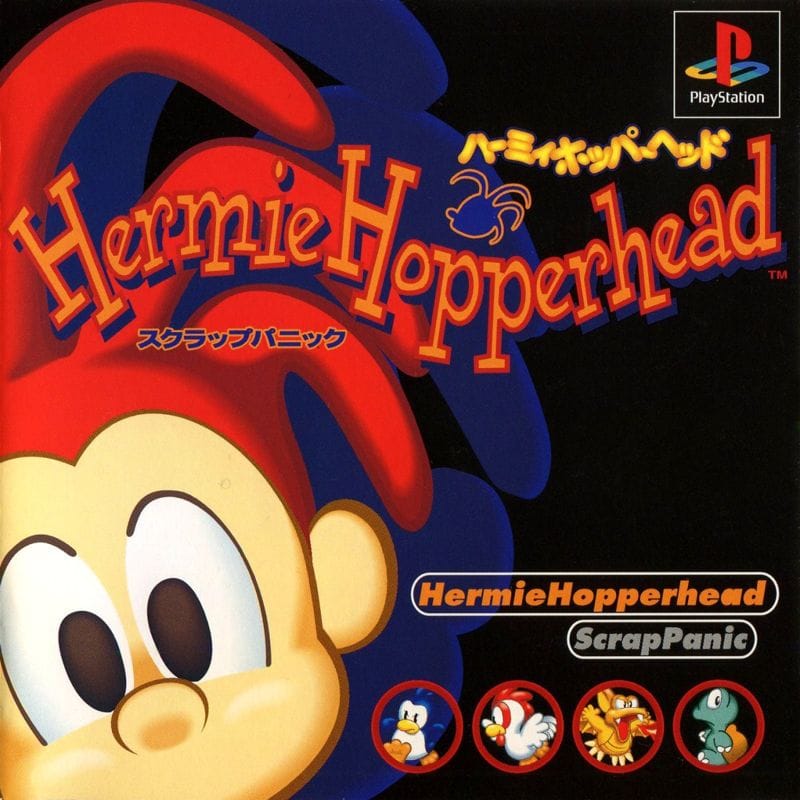
- Developers: Yuke’s, Sugar & Rockets
- Release Year: 1995
Released early in the PlayStation’s life, this underdog platformer doubles down on rock-solid fundamentals—tight jumps, satisfying movement, and levels designed with that Super Mario World DNA. Hermie himself is a skateboarding, egg-saving weirdo with a major attitude, but the real stars are the creatures you hatch. These little critters tag along, helping you reach secret areas, break blocks, or just wreak adorable havoc.
Why It's Worth Playing: There’s something instantly comforting about Hermie Hopperhead. Maybe it’s the buttery-smooth controls. Or maybe it’s the vibrant pixel art. If you crave an old-school challenge wrapped in a wrapper of early-PS1 charm, Scrap Panic is a must-play. It’s scrappy, sweet, and secretly brilliant.
Doraemon: Nobita to Fukkatsu no Hoshi
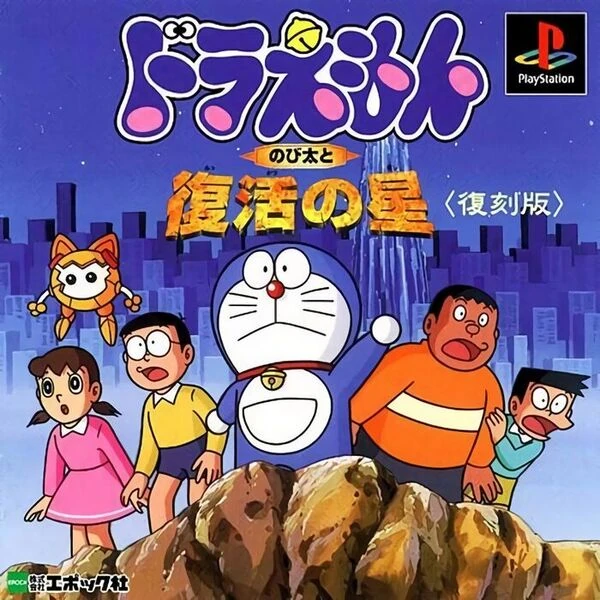
- Developer: SAS Sakata
- Release Year: 1996
Don’t let the Saturday morning cartoon vibes fool you—Nobita to Fukkatsu no Hoshi is no phoned-in mascot game. This is Doraemon done right. Polished, playful, and packed with surprisingly robust platforming mechanics, it’s one of those rare licensed titles that rises far above its source material’s expectations
Why It's Worth Playing: The pacing is breezy but never brain-dead. You’ll smile, you’ll sweat, and you might even get a little misty-eyed by the finale. For fans of heartfelt side-scrollers with a touch of sci-fi soul, this one's a stunner.
Doraemon 2: SOS! Otogi no Kuni
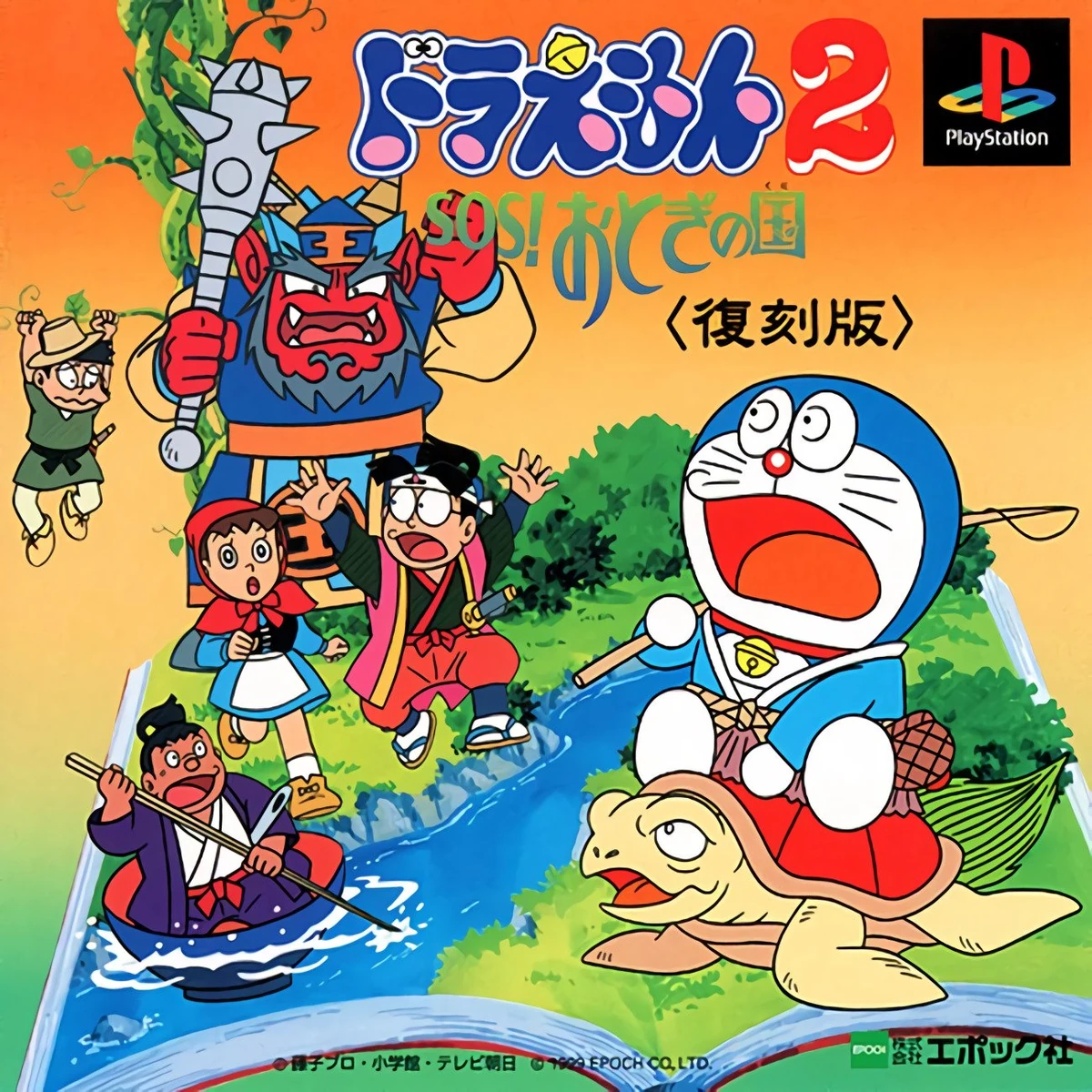
- Developer: Pre Stage
- Release Year: 1999
Just when you think Doraemon’s cosmic capers couldn’t get any stranger, along comes SOS! Otogi no Kuni—a genre-bending sequel that drops Japan’s most beloved robot cat into a swirling storybook of fairytale mischief. From haunted forests to gingerbread castles, this one’s less Lost in Space and more Into the Woods, PS1-style.
Why It's Worth Playing: What really elevates this entry is the attention to detail. From the expressive animations of the gang to the dynamic use of Doraemon’s gadgets, there’s a tightness here—both mechanical and artistic—that makes this sequel shine. If you’ve ever wanted to storm a castle with a time-traveling cat and a sentient flashlight, this is the one.
Aozora to Nakama-Tachi — Yume no Bouken Plus

- Developer: MTO
- Release Year: 2003
If Kirby had a fever dream and woke up in a picture book, it might look a lot like Aozora to Nakama-Tachi Yume no Bouken Plus. With secret doors, collectible surprises, and optional paths, it ensures that there’s more than meets the eye. It’s got that warm, low-stakes charm of early-’90s platformers—where exploration felt like play, and difficulty never overstayed its welcome.
Why It's Worth Playing: Aozora to Nakama-Tachi may have been built for younger players, but it taps into a universal joy. A bit of whimsy. A lot of heart. And just enough challenge to keep you hooked through every dreamy detour.
Groove Adventure Rave: Plue no Daibouken
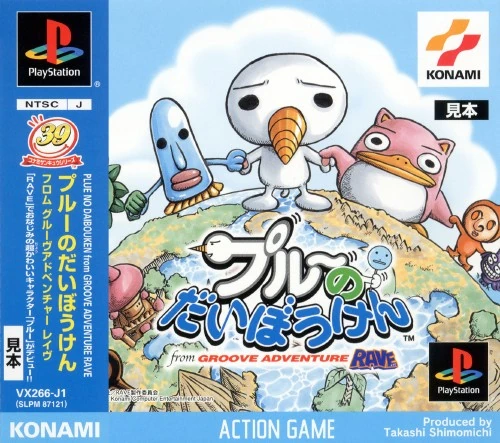
- Developer: Konami
- Release Year: 2002
At first glance, Plue no Daibouken looks like a fluff—adorable mascot, anime origins, and a name that sounds like a sneeze. But don’t be fooled. Behind the big eyes and sugar-coated aesthetic lies a surprisingly well-crafted platformer with just the right amount of bite. The platforming is tight, the pacing brisk, and the difficulty curve feels just right for a pick-up-and-play experience.
Why It's Worth Playing: The platforming is tight, the pacing brisk, and the difficulty curve feels just right for a pick-up-and-play experience. Toss in a seriously underrated J-pop-infused soundtrack and some lovingly animated sprites, and you’ve got a hidden gem that punches well above its licensed-game weight class.
Hello Kitty White Present
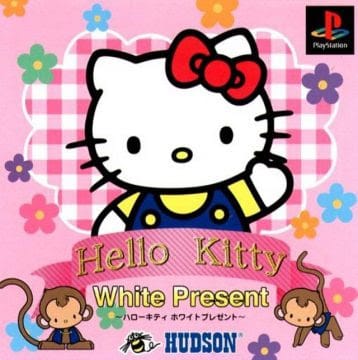
- Developer: Hudson Soft
- Release Year: 1998
Yes, I know, it’s Hello Kitty. Yes, the title screen practically explodes with pinks, pastels, and glittery fonts. But hear me out: White Present isn’t just a saccharine side project for preschoolers—it’s a surprisingly tight platformer with real mechanical merit and a mountain of charm. And the level design? Genuinely solid, with multiple tiers, secret areas, and a collectible structure that rewards exploration without overstaying its welcome.
Why It's Worth Playing: Whether you’re a closet Sanrio fan or just in the mood for something breezy and well-made, Hello Kitty White Present deserves a lot more credit than it gets. It’s platforming comfort food—sweet, simple, and sneakily refined.
Final Thoughts
These aren’t just region-locked curiosities or forgotten oddballs trapped in NTSC-J obscurity—they’re essential slices of platforming history. Each one brims with personality, quirks, and mechanical flourishes that deserve to stand shoulder to shoulder with the Crash Bandicoots and Klonoas of the world.
Some lean into the avant-garde. Others channel the golden spirit of 16-bit design with 32-bit polish. A few are just downright weird (looking at you, Cyborg Kuro-chan), and that’s the beauty of it. This list isn’t just a highlight reel—it’s a gateway drug to a parallel timeline where platformers evolved just a bit differently, often more experimentally, sometimes more boldly.
Missed by the mainstream, but cherished by the few who stumbled into them, these games are the heart and soul of why we dig deep into the import bins, why we patch ISOs, why we trawl through menus we barely understand—because charm is often found just off the beaten path.
So keep exploring. Keep discovering. There’s always another gem hiding in plain sight, waiting to jump, slash, bounce, or blast its way into your retro heart.


